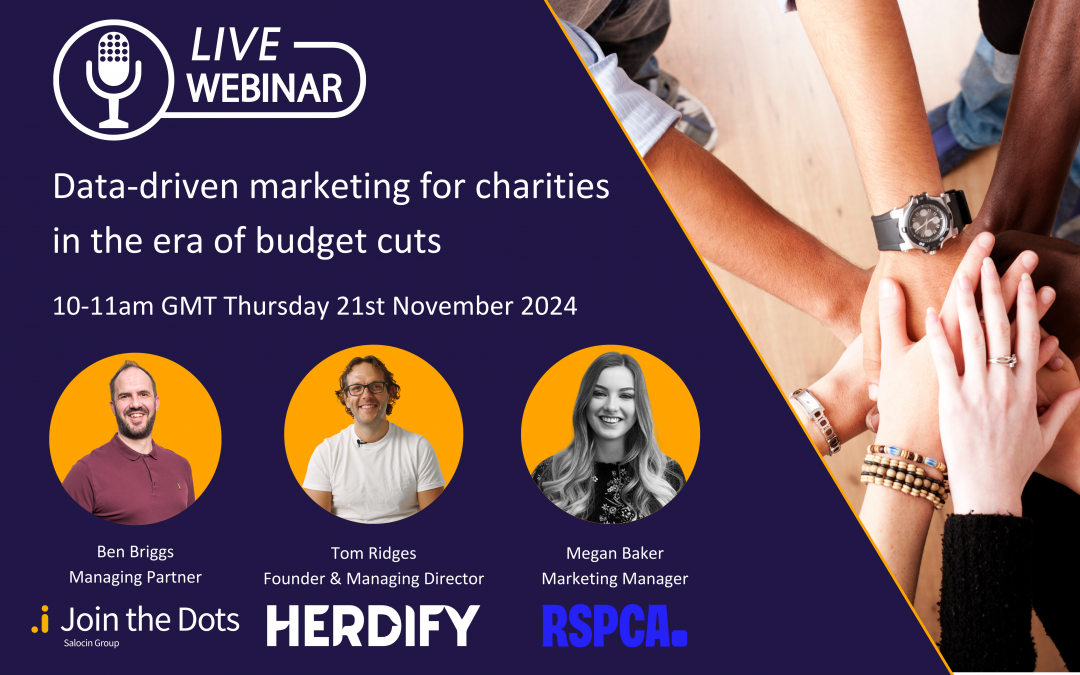We’re getting ready for MadFest 2020, this year themed around “daring to be different”.
In that spirit, here’s the latest in a short series celebrating those brands who have struck out and dared to be different themselves – for better or for worse.
Even disruptors’ TV drives “insane” growth
Of all the recent challenger brands who have broken through by embracing difference, fintech challenger Monzo is certainly one of the most recognised – and maybe the most loved. The brand (and distinctive coral coloured bank cards) are synonymous with word of mouth evangelism, and grew rapidly through their “Golden Ticket” referral scheme.
However, like many disruptive brands before, Monzo have found that in order to reach critical marketing mass they need to utilise some pretty traditional channels, having been surprised by the
“a pretty insane” uplift in app downloads following their first TV campaign.
Monzo aren’t the only digital brand to realise the efficiency of TV – the last 12 months have also seen Amazon increase their spending on TV by 19% YoY (Source: Addynamix Nov 18 – Oct 19).
More and more digital brands, established and disruptive, are seeing powerful results driven by TV campaigns.
Here are some key reasons TV is still arguably the most powerful advertising medium of them all, no matter whether you’re a challenger brand or household name.
Reach
TV is watched by 95.7% of adults each week (Source: BARB, 2018, reach 3min+; IPA TouchPoints, 2018.).
No other medium reaches as many people in any one week; TV is an essential tool for building awareness and reaching the majority of consumers.
Time Spent Watching
Ofcom’s Media Nations Report details consumption habits across TV, online video, radio and audio platforms.
Across all age groups, the number of minutes of live TV being watched has dropped, whilst minutes of YouTube and SVOD have increased.
But, despite this change, broadcast TV still dwarfs other video channels in terms of number of minutes watched per day: 163 minutes of live TV a day compared to 34 minutes of YouTube or 26 minutes of SVOD.
TV remains the dominant video platform that people choose to spend their time watching.
Much has been written about the mental state we adopt when we watch TV – winding down after a busy day, relaxed, and crucially for advertisers… receptive.
Audience
Media Nations shows younger people are watching less broadcast TV, but older people’s viewing remains stable.
The ONS also reports that the average disposable income in retired households has been increasing for the last 10 year.
So, TV allows advertisers to reach and convert audiences which have money to spend.
Format, Trust and Environment
The audio-visual nature of TV advertising enables brands to run both effective sales activation messages (tapping into rational feelings and generating a short-term sales uplift) and effective brand-building messages (which tap into emotions and drives sales growth over a longer period of time). TV ads are great emotional primers (think John Lewis Christmas ads).
TV is also one of the safest and high-quality environments for sales messages. UK broadcasters invest heavily in programming and ClearCast ensure “broadcasters aren’t allowed to show ads that are misleading, harmful or offensive”.
As a result, TV remains one of the most trusted media. (Source: TV/Ad Nation, 2016, Ipsos Connect/Thinkbox, adults 15+)
Diminishing Returns is Higher on TV
When start-ups begin spending on marketing, they often use digital channels which can drive quick growth, but all too soon there comes a point of diminishing returns.
A major study by Ebiquity and Gain Theory in 2018 showed that owing to the scale of TV, you can continue to spend up to a much higher level before hitting the point of diminishing returns.
As broadcast TV can be incredibly cost-efficient in terms of a media CPT, brands can grow their spend on TV, continuing to reach incremental people efficiently, in a way other channels can’t.
(Source: https://www.thinkbox.tv/Research/Thinkbox-research/Profit-Ability-the-business-case-for-advertising)
Contribution to Profit
The same study showed that TV delivers the highest percentage of advertising-generated profit compared to other media.
In summary, TV is one of the most powerful and effective media for brands, whatever their objectives, and that is why we see continued investment in it by UK advertisers, new and old.
At Join the Dots, we are passionate advocates of the power of TV to transform your business. If you would like to discuss trialling TV, please get in touch with me directly – always happy to talk! Clare Arndell











